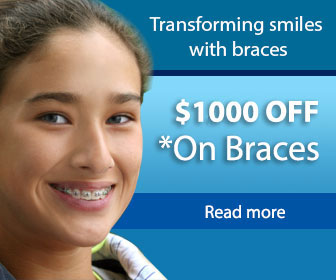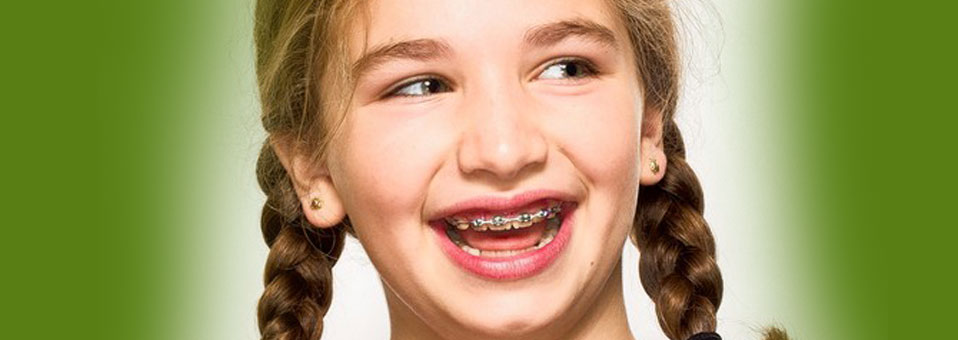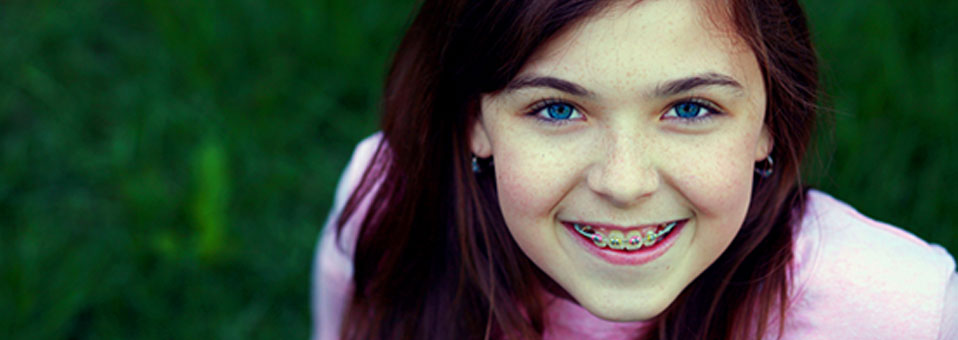


Plaque is a film of bacteria that coats your teeth if you don't brush them properly. It contributes to gum disease and tooth decay. Tooth brushing stops plaque building up. Try to make sure you brush every surface of all your teeth.
Brush your teeth for about two minutes last thing at night before you go to bed and on one other occasion everyday.
Your dentist or hygienist may give you further advice based on your own dental health and needs.
It doesn't matter whether you use an electric or manual toothbrush. They're both equally good as long as you brush all the surfaces of all your teeth and you use fluoride toothpaste. However, some people find it easier to clean their teeth thoroughly with an electric toothbrush.
For most adults, a toothbrush with a small head and a compact, angled arrangement of long and short round-end bristles is fine. Medium or soft bristles are best for most people.
If you're using an electric brush, one with an oscillating or rotating head may be more effective than a manual toothrush.
However, making sure you thoroughly clean your teeth at least twice a day is more important than the type of brush you use. If in doubt, ask your dentist.
It's important to use a toothpaste with the right concentration of fluoride. Check the packaging to find out how much fluoride each brand contains.
Your dentist may advise you or your child to use a toothpaste with a higher concentration of fluoride if you need it.
It's fine for babies and children to use the family toothpaste rather than a special children's toothpaste, provided it contains the right concentration of fluoride. Don't let children lick or eat toothpaste from the tube.
Make sure you brush all the surfaces of all your teeth, which should take about two minutes. Remember to brush the inside surfaces, outside surfaces and the chewing surfaces of your teeth.
After brushing, spit out any excess toothpaste, but don't rinse your mouth with water or mouthwash.
That's because rinsing with water or mouthwash (even a fluoride mouthwash) immediately after toothbrushing will wash away the concentrated fluoride in the remaining toothpaste, thus diluting it and reducing its preventive effects.
If you need any more information on your toothbrushing technique, speak to your dental team.
Children need to be helped or supervised brushing their teeth until they're at least seven years old.
Brush DJ is a free NHS approved app that makes brushing teeth more fun.
Flossing isn't just for dislodging food wedged between your teeth. Regular flossing may also reduce gum disease and bad breath by removing plaque that forms along the gum line. It's best to floss before brushing your teeth.
You can use interdental brushes or single-tufted brushes instead of flossing, especially if there are gaps between your teeth. The brush should fit snugly between the teeth.
Never use toothpicks to remove trapped food from between your teeth as you may damage your gums, which could lead to an infection.
Your dentist or hygienist will be able to advise you on the best way to use interdental cleaning for your teeth.
Using a mouthwash that contains fluoride can help prevent tooth decay, but don't use mouthwash straight after brushing your teeth. Choose a different time, such as after lunch. And don't eat or drink for 30 minutes after using a fluoride mouthwash.


Patients with orthodontic problems can benefit from treatment at nearly any age. An ideal time fo ....

That depends upon your treatment plan. The more complicated your spacing or bite problem is, and ....